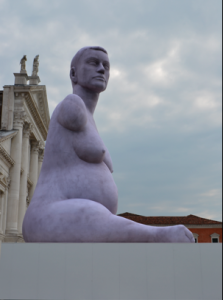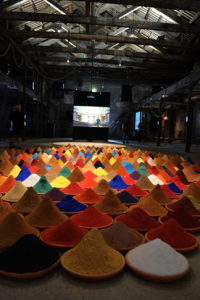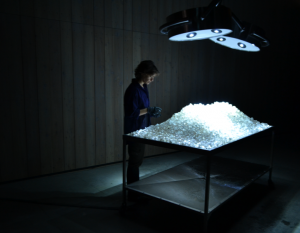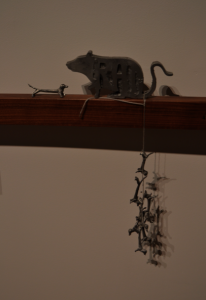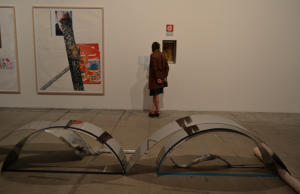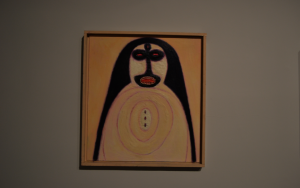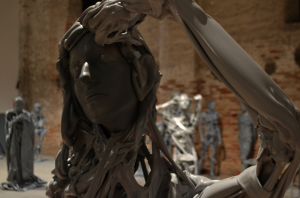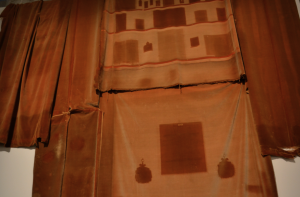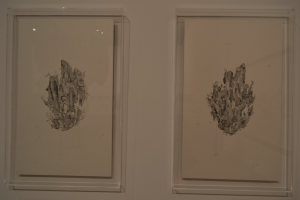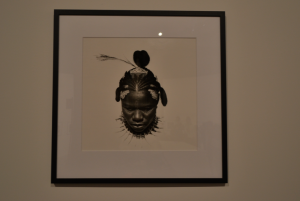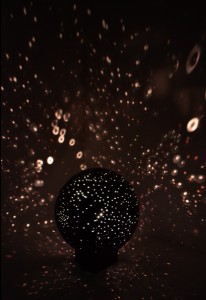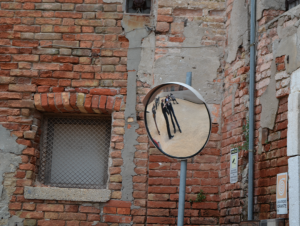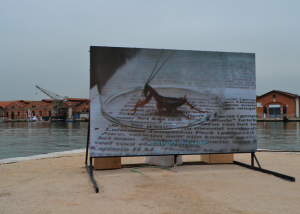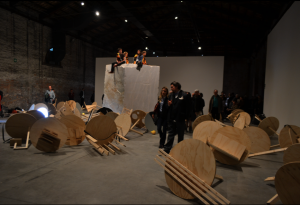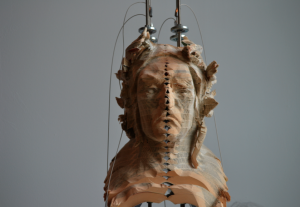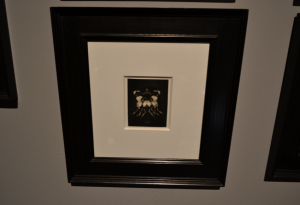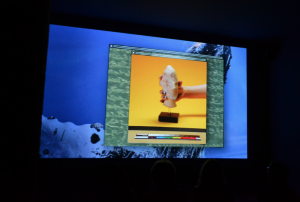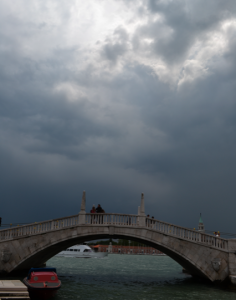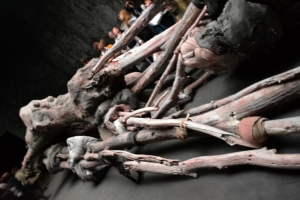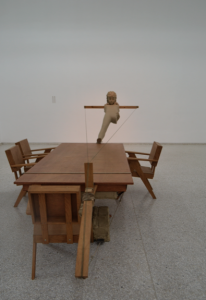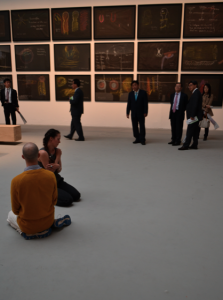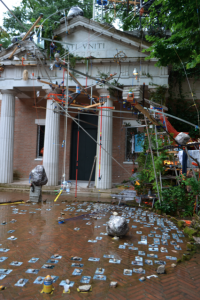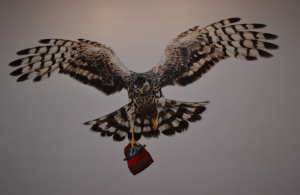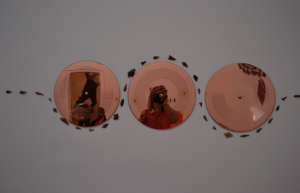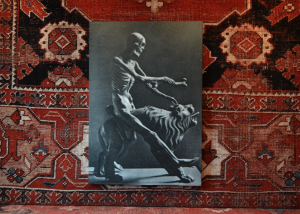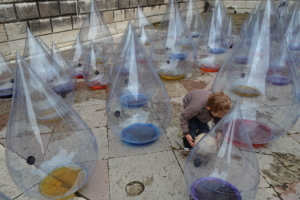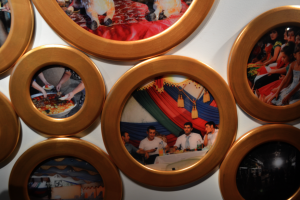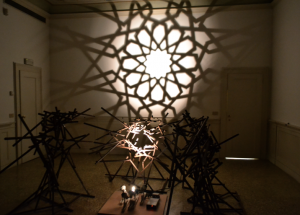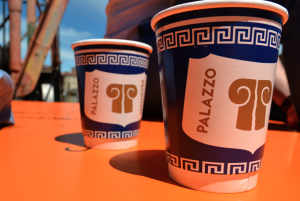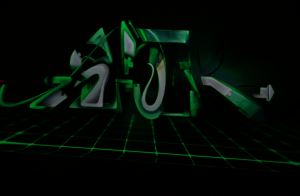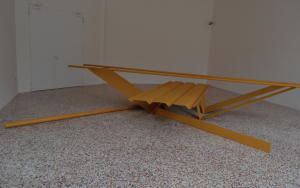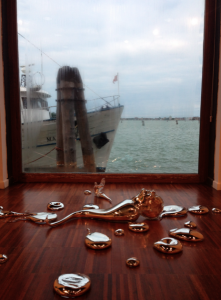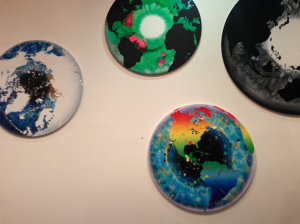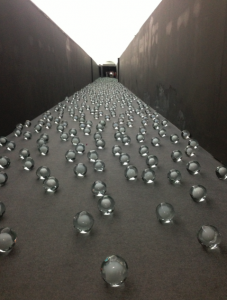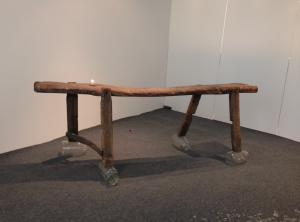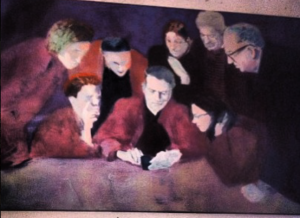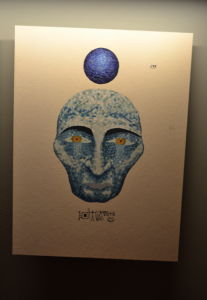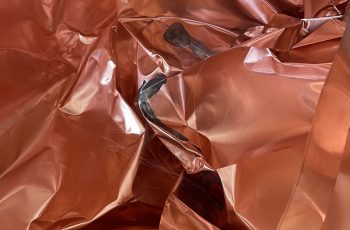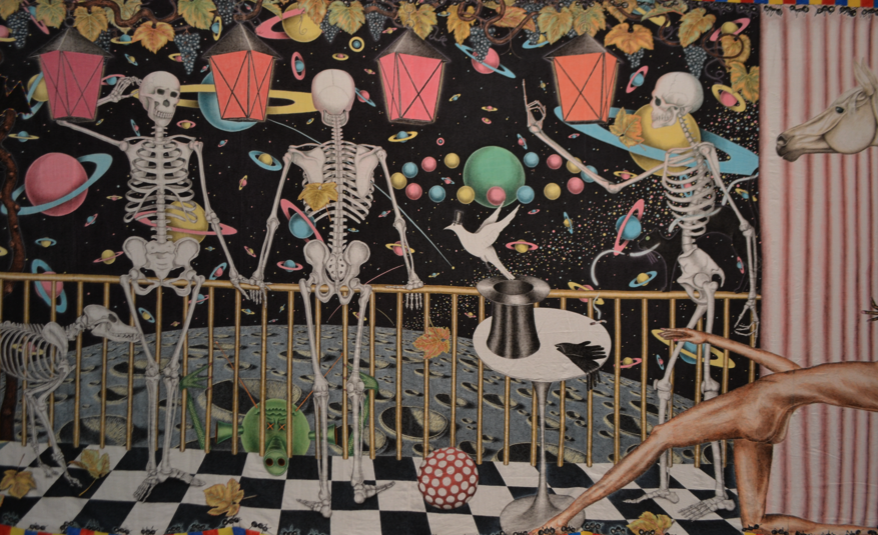
As every second year, since 1895, the Venice Biennale reunites the art elite of the world and those who want to be part of it. Every time different, every time crazy, every time over-discussed, this 55th edition is a special one for many reasons. Starting with the climate that bummed everyone out, from the hostesses at the Giardini to the Sheik of Abu Dhabi, or the absolute record of participations, 138 artists from 38 countries.
This year’s opening days were a bridge between the eastern and western art fairs, par excellence: Hong Kong and Basel. In fact, never so much did Venice feel like an island, a hide-away far from the frenzies of the market, a pit-stop that invited to think and re-think contemporary art. And, although we know there is no Venice Biennale without the social craziness or the cash being splashed, over-all the atmosphere felt more relaxed and, perhaps, deep.
“What room is left for internal images — for dreams, hallucinations and visions — in an era besieged by external ones? And what is the point of creating an image of the world when the world itself has become increasingly like an image?”
With The Encyclopedic Palace Massimiliano Gioni put together an exhibition that is thought provoking in a silently powerful way. The youngest curator of the Biennale, so far, Gioni took a different approach and instead of trying to define art in 2013, he rather looked at the anthropological aspect of image and imagination: how art is created and where art comes from.
The walls of the Arsenale and the Central Pavilion are covered in photographs, paintings, sculptures, videos; in infinite collections of objects, books, drawings, relics. The result is an over-flow of images and impulses; a subtle and dark, almost obsessive, exhibition that tries to define universal knowledge. It is a visual directory of what is and has been, it is a peek into the head of the artist.
The top things to see inside and outside the Biennale:
Arsenale & Central Pavilion – Grosse Fatigue by Camille Henrot (Silver Lion as most promising artist of the exhibition) and The Red Book by Carl Gustav Jung.
The Giardini – Cripplewood by Berlinde De Bruyckere (Belgian Pavilion), Everything Was Forever, Until It Was No More by Konrad Smolenski (Polish Pavilion) & Danae by Vadim Zakharov (Russian Pavilion)
Fondaco Marcello (Irish Pavilion) – The Enclave by Richard Mosse.
San Giorgio (Fondazione Cini) – 700 Snow Balls by Not Vital.
San Marco (Museo Correr) – The first major Italian retrospective of sculptures by Sir Anthony Caro.
A Photo-Diary:
Photos & Text by Cosima Bucarelli

